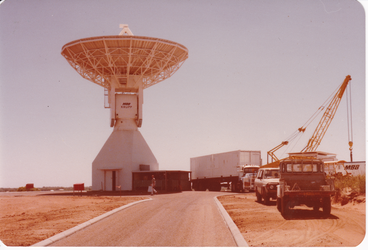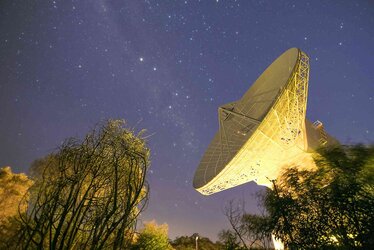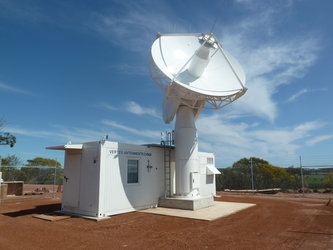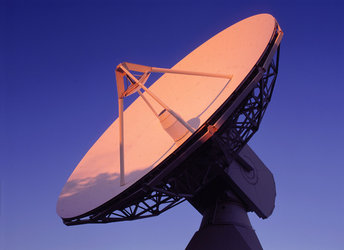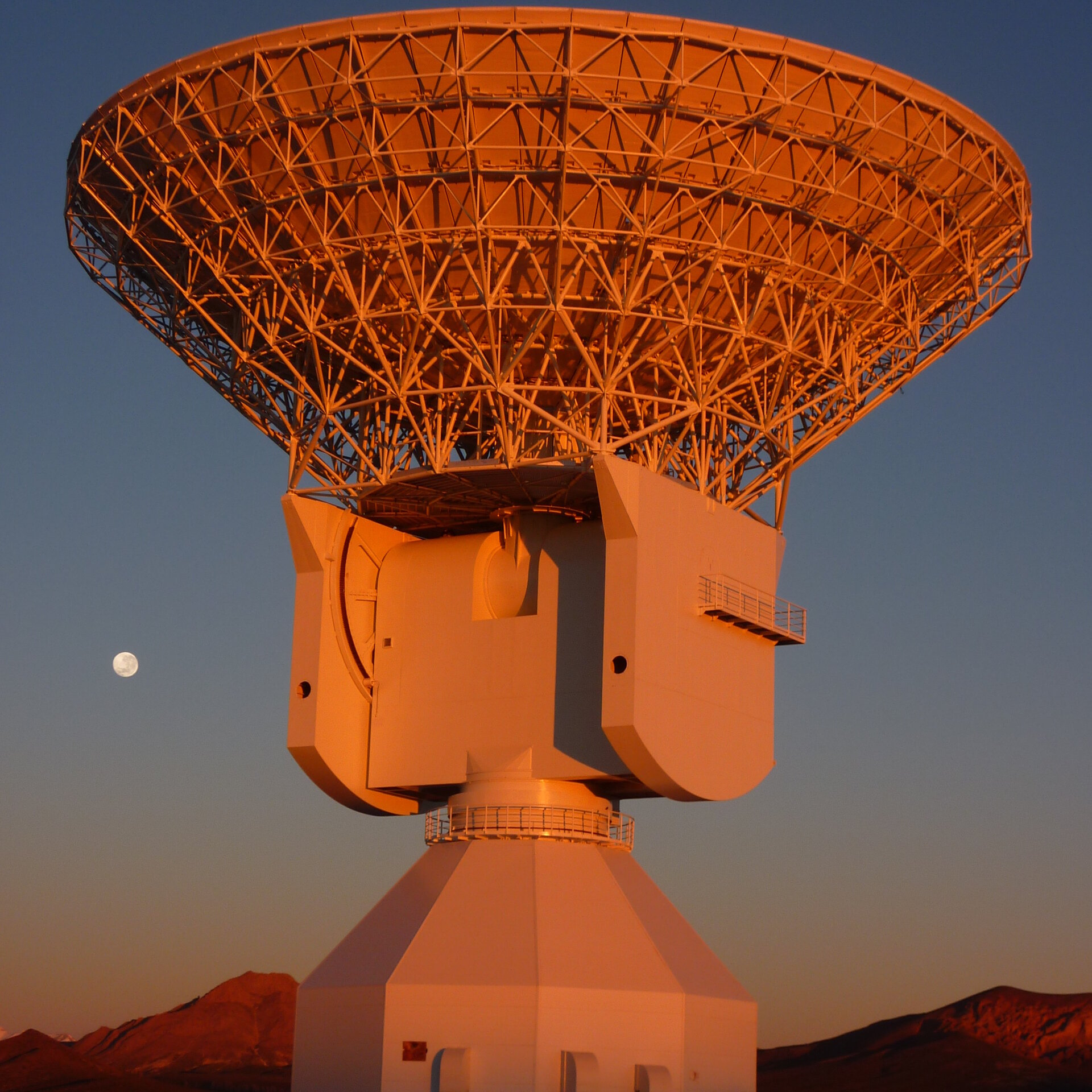New antenna ready for business
ESA inaugurated a new tracking dish in Australia yesterday, marking a significant step in the Agency’s worldwide satcom network.
The new antenna is sited at ESA’s existing ground station, in New Norcia, Western Australia, and will be used for communicating with rockets and new satellites, taking advantage of the ideal geographic location under the flight paths of launchers departing from Europe’s Spaceport in Kourou, French Guiana.
The essential task of all ESA tracking stations is to communicate with spacecraft, transmitting commands and receiving scientific data and status information.
Since 2002, ESA has operated a much larger 35 m-diameter deep-space tracking antenna at the New Norcia site, which has most recently provided critical support for scientific missions deep in the Solar System up to several hundred million km away, such as Rosetta and Mars Express, as well as Gaia, a sophisticated telescope orbiting 1.5 million km from Earth. Its size and technology are not ideal, however, for signalling to rockets or satellites that are just entering orbit and still very close to Earth.
In contrast, the new dish, just 4.5 m across, will quickly and precisely lock onto and track satellites during their critical first orbits, up to roughly 100 000 km out, as well as rockets such as Europe’s Ariane 5, Vega and Soyuz.
It can also ‘slave’ the much larger dish, which can then be accurately pointed to receive tracking information and telemetry – onboard status information – at higher rates than the small dish.

“We are delighted to inaugurate ESA’s new antenna at New Norcia, where we have benefited for over a decade from both the hospitality and support of the local community as well as the expertise of Australian industrial partners,” said ESA’s Juan Miró.
“The new antenna is another link in the decades-long cooperation between Europe and Australia for space exploration, science, engineering and technology development.”
In the coming years, the new antenna will track launches from Kourou, as well as high-profile missions such as Galileo navigation satellites, the BepiColombo Mercury probe, and ExoMars going to the Red Planet. It has already proven its technical fitness for operational service, having been used to track LISA Pathfinder in December 2015.
Estrack evolution
Both New Norcia antennas are part of Estrack, the Agency’s global system of ground stations providing links between satellites in orbit and flight control teams at ESA’s mission control centre in Darmstadt, Germany.
The core Estrack network has nine stations in seven countries.
Development and construction of the new antenna was prompted by the need to relocate the tracking capability that, until the end of 2015, had been provided by the ESA station at Perth, 140 km southeast of New Norcia. Perth was decommissioned in December 2015 after 30 years’ of operation.
Perth station’s location had become increasingly untenable through urban sprawl and radio interference from TV broadcast vans.

Access the video
The upgrade ensures that Estrack can continue providing crucial services along the most-used trajectories.
“With the closing of Perth station, ESA would have lost its capability to support newly launched satellites from Western Australia, which is a critical location for most European missions,” says Manfred Lugert, Head of ESA’s Ground Facilities Operations Division.
“The new antenna ensures we can support a wide range of science, Earth observation and observatory missions, as well as the full family of launchers flying from Kourou for the foreseeable future.”
The overall effort to design, build and install the antenna, provide the infrastructure and upgrade the existing station is valued at €6 million.



